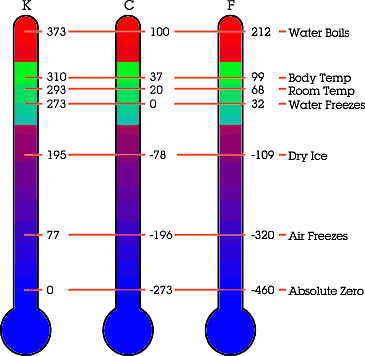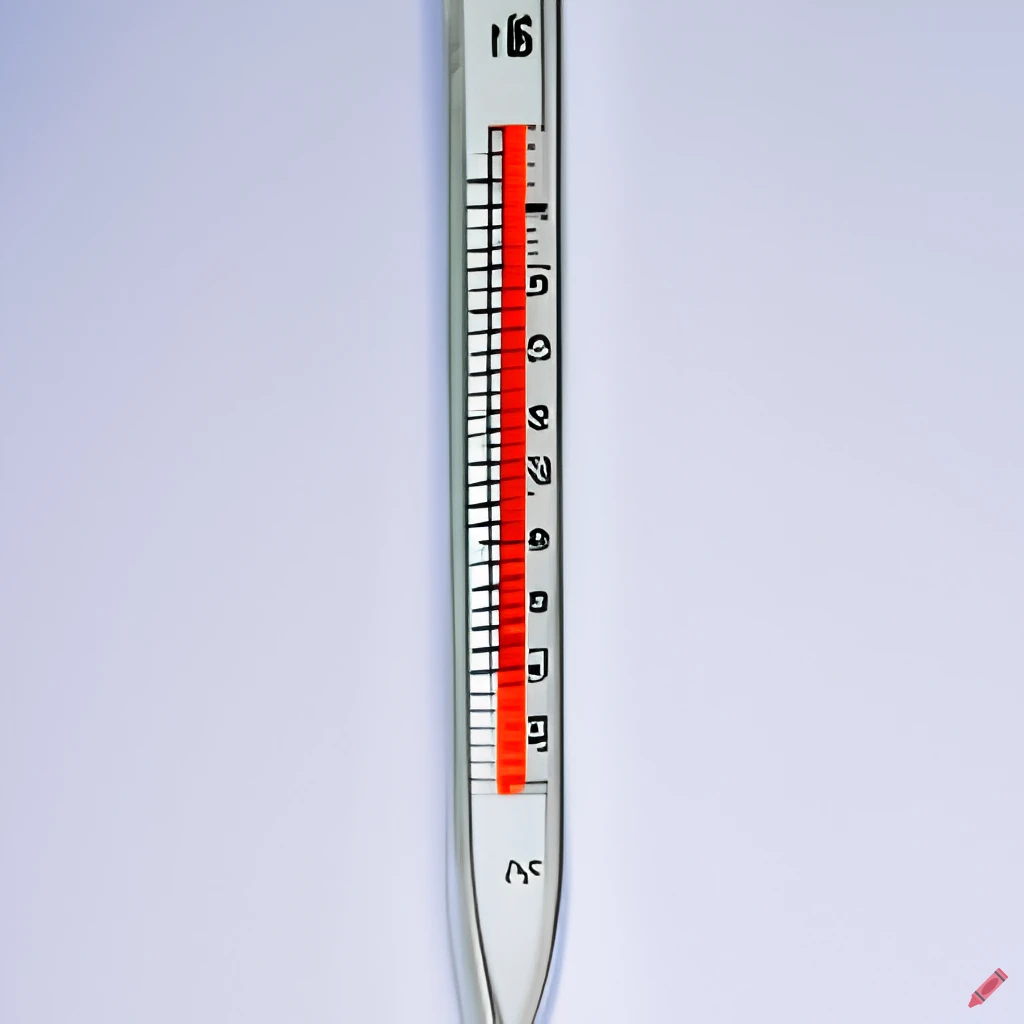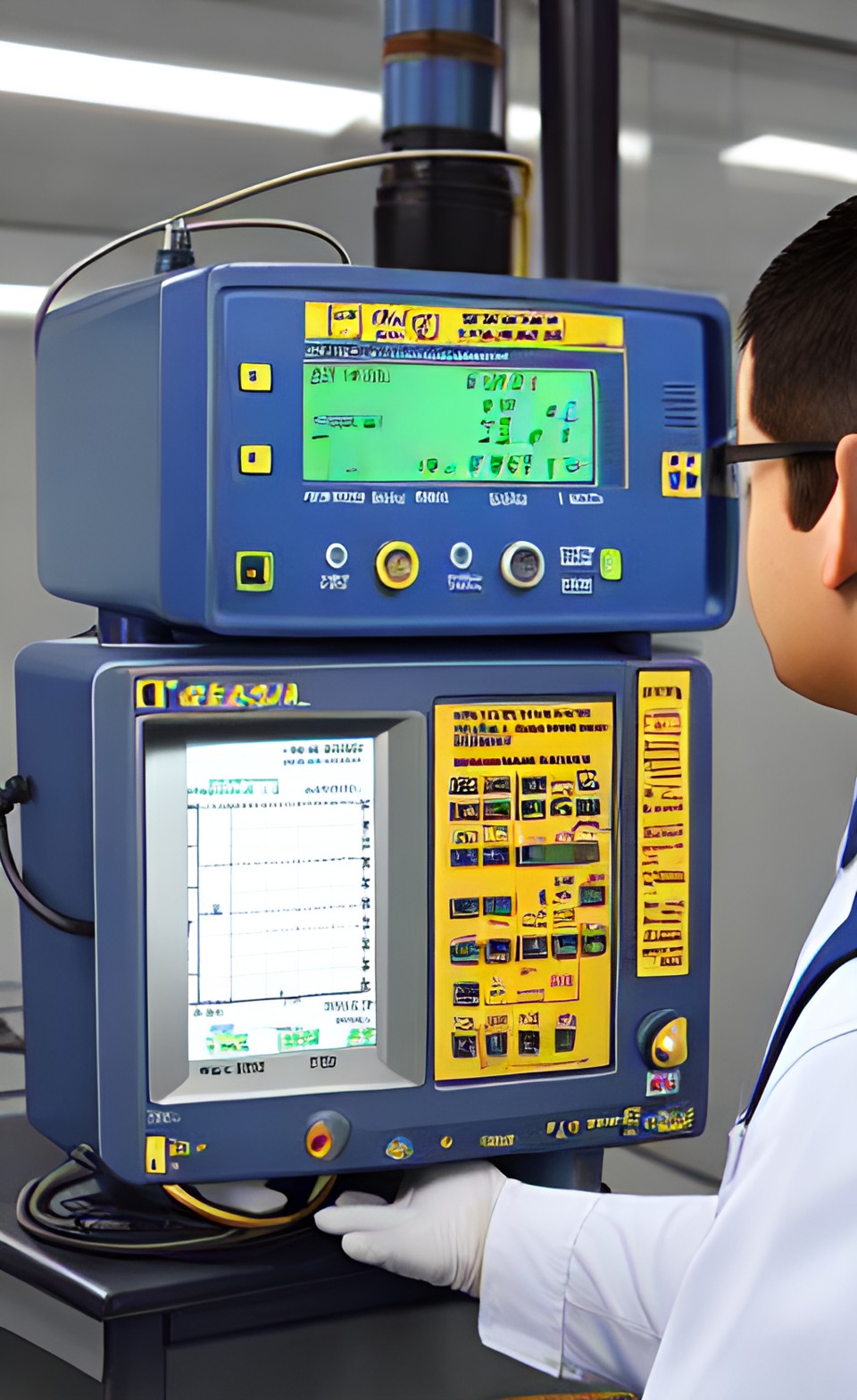- Air Homepage
- Thermometer Pictures
- Anders Celsius Thermometer
Anders Celsius Thermometer
 A part of our heritage
A part of our heritageHave a look at this old photograph of what may be the original Anders Celsius Thermometer. This is showing a scientist's creation that he created 5 years before he died. Courtney Adamen of Auburn Maine provided this image and caption to StuffintheAir.com
What is the significance of Celsius's temperature scale?
- The Celsius temperature scale provides a standardized and widely accepted method of measuring temperature. The standardization of temperature measurements allows for consistency in scientific research, engineering, weather forecasting, and other fields that utilize temperature measurements. As a result, it facilitates the effective communication of temperature values across different regions, countries, and disciplines.
- The Celsius scale is both practical and simple to understand. Water freezes at 0 degrees Celsius at standard atmospheric pressure and boils at 100 degrees Celsius at standard atmospheric pressure based on the concept that water freezes and boils at specific temperatures. Its simplicity makes it accessible and widely used by the general public, making temperature-related discussions and weather forecasts easier to understand.
- Celsius is widely used throughout the world, particularly in the scientific and meteorological communities. Most countries, including those within the International System of Units (SI), use this temperature scale as their primary measurement of temperature. As a result of its global acceptance, temperature reporting, data exchange, and collaborative research are more consistent.
 Celsius compared with Kelvin and Fahrenheit temperature scales.
Celsius compared with Kelvin and Fahrenheit temperature scales.- Equally important to the SI, the Celsius scale is closely related to the Kelvin scale, which is commonly used in scientific and technical fields. Kelvin is an absolute temperature scale where 0 Kelvin represents absolute zero, the point at which all molecular motion ceases. By adding 273.15, the Celsius scale can easily be converted to the Kelvin scale. This relationship facilitates quick conversion between the two scales along with scientific calculations involving temperature.
- The Celsius temperature scale was developed in the early 18th century by Swedish astronomer Anders Celsius, as noted above. Celsius made significant contributions to the field of temperature measurement and his scale was widely adopted as a result. The origins and development of his scale contribute to our understanding of scientific progress and the evolution of measurement systems.
- The Celsius scale is used by meteorologists and weather forecasters to report temperature information in most parts of the world. Using a consistent temperature scale allows meteorological services to communicate weather conditions accurately, assisting in public safety, planning outdoor activities, and making informed decisions.
- The role of temperature measurements in climate change discussions is crucial. International agreements, such as the Paris Agreement, use the Celsius scale to define temperature targets and commitments to limit global warming.
Anders Celsius was an astronomer, physicist, and mathematician in Sweden who lived from 1701 to 1744. He became well-known for starting the Uppsala Astronomical Observatory, and even more so for coming up with the Celsius temperature scale, which is shown on the Anders Celsius thermometer picture above.
The First Celsius Scale: A Revolution in Temperature
Temperature scales have normally been defined by picking two points of interest, comparing their temperatures and sub-dividing it go get the scale. Any two will do. Body temperature or anything else that is consistent. That may have been a little more difficult to find.
A thermometer measures the temperature of an object or environment by using a temperature-sensitive material like mercury or alcohol. With temperature changes, materials expand and contract, which is how thermometers work.
Mercury thermometers have a glass tube filled with mercury and sealed at both ends. As the temperature changes around the thermometer, the mercury inside the tube expands or contracts, moving up or down. There's a scale on the outside of the thermometer that corresponds to the height of the mercury column inside.
In 1742, our hero invented the Celsius thermometer. Daniel Gabriel Fahrenheit had invented the mercury thermometer in the early 18th century, which was the basis for the Celsius thermometer.
It's better to have two temperatures that are further apart for defining the scale, rather than too similar. The idea of using the boiling and freezing points of water may seem a little obvious now but that probably wasn't always the case. They are not perfectly consistent, but the the greatest contribution from Celsius himself was finding a way to make them usable.
Actually, the scale he invented had zero for boiling and 100 for freezing (for water). Celsius also noted that while he could determine the variations in the boiling point of water, dependent on ambient pressure, the freezing point did not vary significantly at all.
Meanwhile another scientist, Jean-Pierre Christin, came up with zero for freezing and 100 for boiling and had a matching thermometer designed. The Celsius scale was originally called the centigrade scale, which means "consisting of 100 degrees" in Latin.
He based his scale on the freezing and boiling points of water because he thought they were universal reference points. Using a decimal system also made it easier to calculate and measure temperature differences.
In most countries around the world, the Celsius scale has become the standard unit of temperature measurement since he invented the Anders Celsius thermometer and temperature scale.
He was in good company...
A lot of new inventions and technologies were developed in the 18th century which represented scientific breakthroughs. Here are some science inventions:
- In the late part of that century, Scottish engineer James Watt invented the steam engine, which revolutionized transportation, industry, and agriculture.
- The electric battery was invented by Italian physicist Alessandro Volta in the late 1700's, which led to the study of electricity and modern electrical technology.
- In the mid-18th century, Swedish botanist Carolus Linnaeus developed a system for classifying living organisms that biologists still use.
- Around that same time, British chemist Joseph Priestley discovered oxygen, which revolutionized our understanding of air and respiration.
- English doctor Edward Jenner developed the smallpox vaccine in the late 1700's, which was a major breakthrough.
- Scottish engineer William Murdoch invented gas lighting in the late 18th century, which revolutionized street lighting and allowed people to work and read after dark.
I'm sure there are more, but this is a good start.
Want to learn more about this Anders Celsius Thermometer inventor?
The temperature measurement work Celsius did wasn't the only thing he did in astronomy. He also observed the aurora borealis, studied the shape and size of the Earth, and designed an instrument to measure star positions called the zenith sector. From 1730 until 1744, Celsius was the director of the Uppsala Astronomical Observatory in Sweden. Although Celsius is best known for his work on temperature measurement, he contributed to a lot of fields.
More details can be found on Wikipedia: https://en.wikipedia.org/wiki/Anders_Celsius
I have written more about him and his thermometer development on this page. Thank you for this inspiration, Courtney.
What has happened lately? The idea behind thermometers is to detect temperature changes in a material and converting them into something readable. In modern times digital thermometers are primarily used for this purpose.
In this case, temperature is measured by a thermistor (a resistor whose resistance changes with temperature). The thermistor changes resistance when it's exposed to a temperature change, and the thermometer's electronics process the electrical signal to display the temperature.
Search this site for more information now. Somebody liked this photo. See below.
rare one
by: mia
Anders Celsius Thermometer, the rare one of the great thermometers. I really love to see this in real. Because I have searched a lot for this thermometer but never, found one.
What is your temperature according to a different Celsius thermometer.
Here is the story behind the Anders Celsius Thermometer, an invention that changed the way we measure temperature
Overall, we are concerned about Celsius and his temperature scale because it provides a standardized, practical, and widely accepted method of measuring temperature. As a result, it facilitates consistency, simplicity, and effective communication in a wide range of scientific, technical, and everyday applications.
Do you have concerns about air pollution in your area??
Perhaps modelling air pollution will provide the answers to your question.
That is what I do on a full-time basis. Find out if it is necessary for your project.
Have your Say...
on the StuffintheAir facebook page
Other topics listed in these guides:
The Stuff-in-the-Air Site Map
And,
Thank you to my research and writing assistants, ChatGPT and WordTune, as well as Wombo and others for the images.
GPT-4, OpenAI's large-scale language generation model (and others provided by Google and Meta), helped generate this text. As soon as draft language is generated, the author reviews, edits, and revises it to their own liking and is responsible for the content.



New! Comments
Do you like what you see here? Please let us know in the box below.